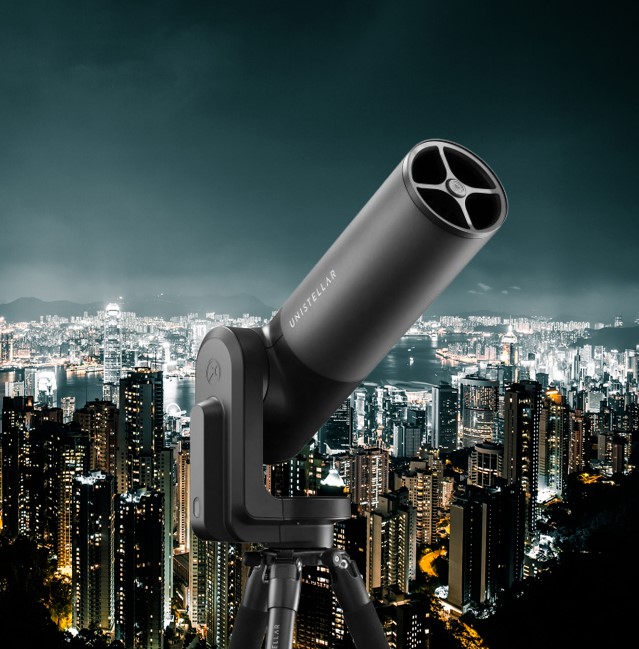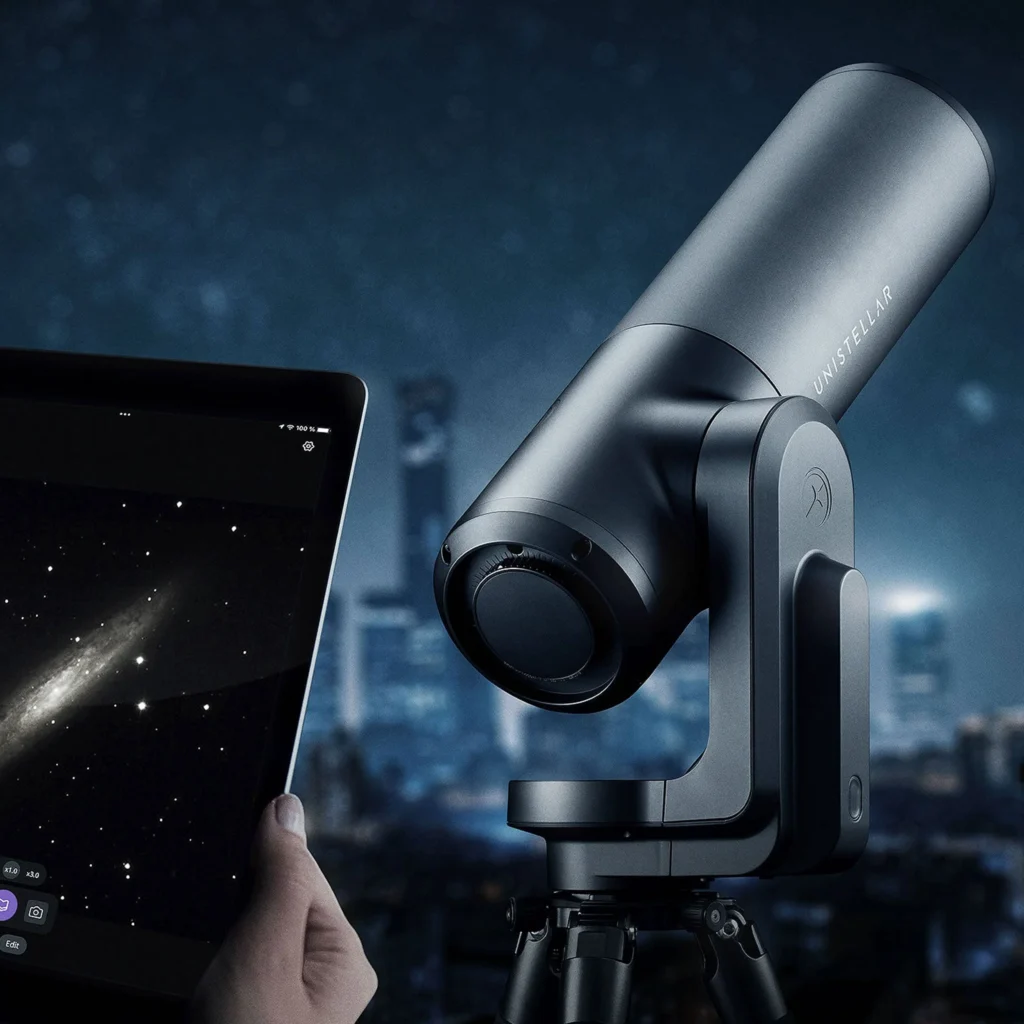
As someone who has spent years chasing clear skies and battling light pollution, the Unistellar Equinox 2 has been nothing short of a game-changer. I’ve owned several telescopes over the years, from traditional Dobsonians to entry-level computerized models, and while each had their strengths, none offered the seamless blend of power, portability, and smart features that the Equinox 2 delivers. Living in a moderately light-polluted suburb, I had nearly given up on deep-sky observation from home. But this telescope proved me wrong.
What sets the Equinox 2 apart is its intelligent design tailored specifically for urban and suburban stargazers. The smart light pollution reduction feature isn’t just a gimmick—it works. I was able to clearly observe the Whirlpool Galaxy and even detail in the Dumbbell Nebula from my backyard, something I could never achieve with my previous scopes unless I traveled to a dark-sky site. The integration with the Unistellar app makes navigation and image stacking incredibly intuitive. Within minutes of setup, I was locked onto Saturn, capturing crisp images that rivaled those I took with bulkier, more expensive gear.
Compared to other telescopes in its class, particularly those in the $2,000 range, the Equinox 2 excels in usability and results. While most smart scopes still require some level of manual calibration or star alignment, the Equinox 2 handled that in the background, freeing me to enjoy the sky rather than fiddle with settings. And unlike many competitors, the absence of an eyepiece didn’t feel like a compromise—if anything, it streamlined the experience, allowing me to view and share real-time visuals through my smartphone or tablet with family and friends.

If you’re someone who wants serious astronomy performance without the learning curve or logistical hassle, I can’t recommend the Unistellar Equinox 2 enough. It’s reignited my passion for backyard astronomy, and I finally feel like the stars are within reach again. You can check it out through the link here and see for yourself why it might just be the last telescope you ever need.
